|
Since the Noordbrabants Museum exhibition opened on February 13th 2016, there has been an explosion of articles about Hieronymus Bosch. To list them all here would not serve much purpose, but I select those that have something new to offer in this category. A recent article from the BBC by Alastair Sooke on February 19th 2016 I found worth passing on here: To celebrate the 500th anniversary of the death of the painter Hieronymus Bosch, the Noordbrabants Museum in his native city of Den Bosch in the Netherlands has organised an extensive exhibition of his work. It is a spectacular show, featuring 17 of his 24 surviving paintings, as well as six more pictures produced within his workshop. In addition, the exhibition, which has taken nine years to come to fruition, contains 19 of Bosch’s 20 extant drawings. .........................read MORE 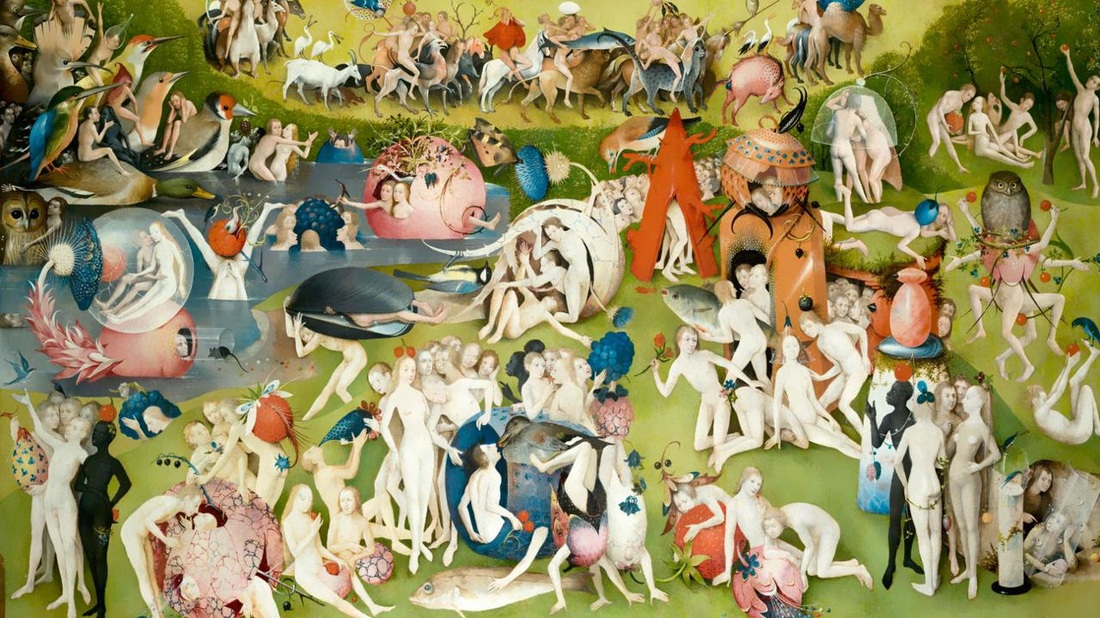 One thing the brilliant Noordbrabants Museum exhibition does not examine, however, is Bosch’s influence upon subsequent Western art and culture. In his own day, Bosch, who married into wealth, was a successful and popular artist who moved within the upper echelons of society. He counted noblemen such as Philip the Fair, Duke of Burgundy, among his patrons, and inspired countless imitators during the 16th Century. Surprisingly, though, given his fame today, his idiosyncratic imagery fell out of favour in the decades following his death. Gradually Bosch’s art started to look old-fashioned. The only European country where he was not forgotten was Spain. In 1593, King Philip II transferred The Garden of Earthly Delights to the monastery, mausoleum and palace he had founded at San Lorenzo de El Escorial.
On the website of Open Culture
I was delighted to find this entry from February 8, 2016 Take a Virtual Tour of Hieronymus Bosch’s Bewildering Masterpiece The Garden of Earthly Delights because it complements perfectly the category of Hieronymus Bosch of this blog and adds additional insights into the extensive research already presented here.
Art historians have argued about the meaning of The Garden of Earthly Delights--Hieronymus Bosch’s enormously sized, lavishly detailed, and compellingly grotesque late 14th- or early 15th-century triptych—more or less since the painter’s death. What does it really say about the appearance and fall of man on Earth that it seems to depict? How seriously or ironically does it say it? Does it offer us a warning against temptation, or a celebration of temptation? Does it take a religious or anti-religious stance? And what’s with all those creepy animals and bizarre pseudo-sex acts? “In spite of all the ingenious, erudite and in part extremely useful research devoted to the task,” said scholar Erwin Panofsky, “I cannot help feeling that the real secret of his magnificent nightmares and daydreams has still to be disclosed.”
....... read MORE
The Open Culture article also links to an incredible
“interactive documentary” of The Garden of Early Delights
the various parts of the painting are explained when you click the description icons as you zoom into the details.
Of course this here blog entry is the short version, and you should really visit the original source for more insights. Below, find this excellent trailer from Pieter van Huystee Film on Vimeo:
Check out the category
HIERONYMUS BOSCH for additional blogs and more excellent research on the subject. Het Noordbrabants Museum presents: Jheronimus Bosch - Visions of a geniusFrom 13th February to 8th May. Twenty panels and triptychs and nineteen drawings are making it the lagerest exhibition of Hieronymus Bosch in the Netherlands ever. The exhibition is a highpoint of the National Event Year Jheronimus Bosch 500 in 2016. The Noordbrabants Museum in Den Bosch (Holland) will stage an exhibition dedicated to Hieronymus Bosch from 13 February to 8 May 2016. This major overview exhibition of the works of Hieronymus Bosch (ca. 1450 Den Bosch 1516) is based on extensive global research conducted into his relatively small oeuvre. Never before have so many works of the master been brought together in Den Bosch where they were made. READ MORE This is the first time in history that the majority of his returns work back to ‘s-Hertogenbosch, the town where he was born as Hieronymus van Aken, where he painted his masterpieces and from which he derived his stage name Bosch. The exhibition is the culmination of the National Event Year Hieronymus Bosch 500 which is celebrated in 2016, on the occasion of the 500th anniversary of the death of the artist. READ MORE Included in the exhibition is this little gem, only recently discovered:A painting kept in storage at an American museum for decades has been revealed to be a work by Dutch master Hieronymus Bosch. The newly uncovered painting has been lying forgotten at the Nelson-Atkins Museum of Art in Kansas City, Missouri, since it was acquired in the 1930s. READ MORE 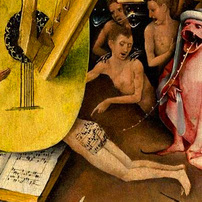 How metal is Hieronymus Bosch's "The Garden of Earthly Delights"? Here's a fantasy metal version of the 500 Year Old Butt Song from Hell, based on the recent transcription of the music written on some guy's butt. Thanks to the dedicated transcription that required some art and music history understanding (from Dangerous Minds): A LITTLE ASS MUSIC: HIERONYMUS BOSCH’S 500-YEAR-OLD BUTT SONG FROM HELL Recorded in a day with my trusty ESP LTD EC-1000, Fender Jazz Bass, Line6 Pod X3L, East-West Quantum Leap Orchestral VST, Fruity Loops, and Sonar. by Kent Heberling Check out a more serious blog by yours truly about the
GARDEN OF EARTHLY DELIGHTS The Garden of Earthly DelightsThe Garden of Earthly Delights: A diachronic interpretation of Hieronymus Bosch’s masterpiece
Unpublished manuscript of a lecture, given at Central European University,Budapest, on Dec. 8, 2011.
Drawing on his knowledge of history and faith, Central European University's Matthias Riedl offered up a new interpretation of Hieronymus Bosch's famed triptych.
The Garden of Earthly Delights
Evidently, in a closed condition, the triptych does not display much delight at all. What we see instead is a grayish pre-Copernican representation of the cosmos; the yet unfinished cosmos on the third or forth day of creation. We see the Earth as flat disc, contained in a glass-like sphere. This is probably an allusion toPsalm 33 which says that God “gathers together as in a bottle all the waters of the sea.” The same Psalm 33 is also quoted in the inscription on the painting which reads: Ipse dixit, et facta sunt: Ipse mandavit, et creata sunt , "He spoke,and they were made: he commanded, and they were created."
to read the ENTIRE manuscript by Mathias Riedl, click HERE
The Garden of Earthly Delights
|
OTTO RAPPThis blog is primarily art related - for my photography please go to Archives
April 2024
Categories
All
|
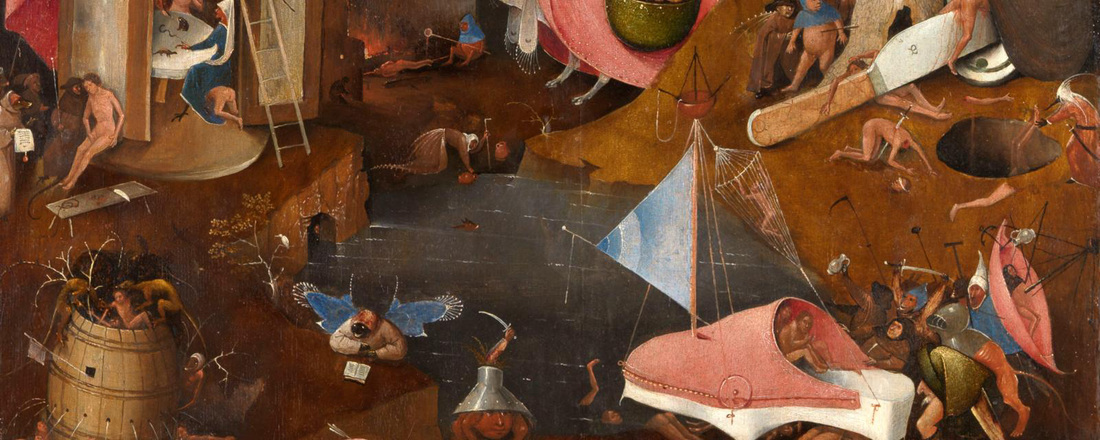
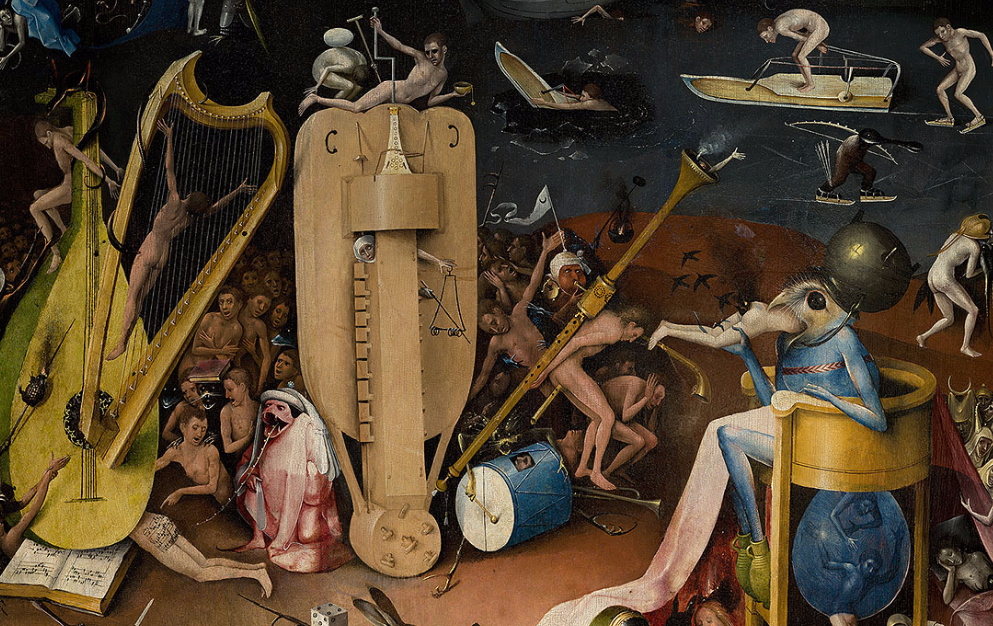
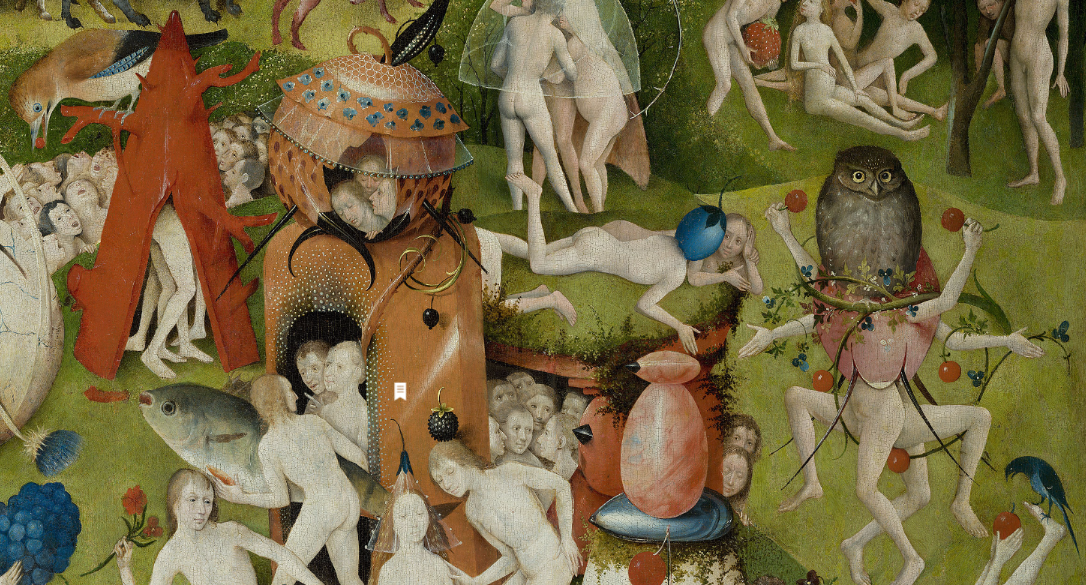
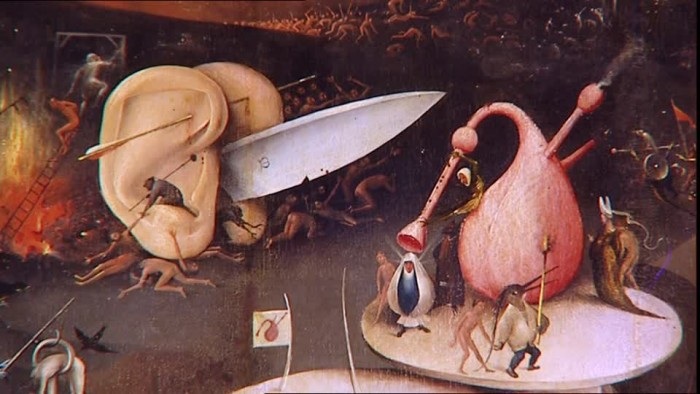
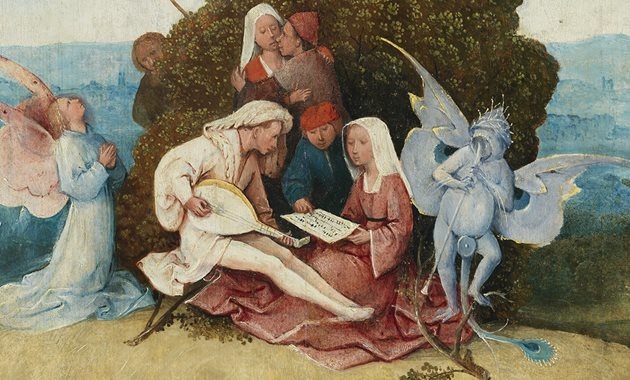
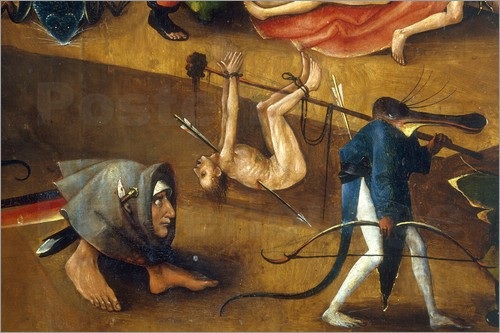
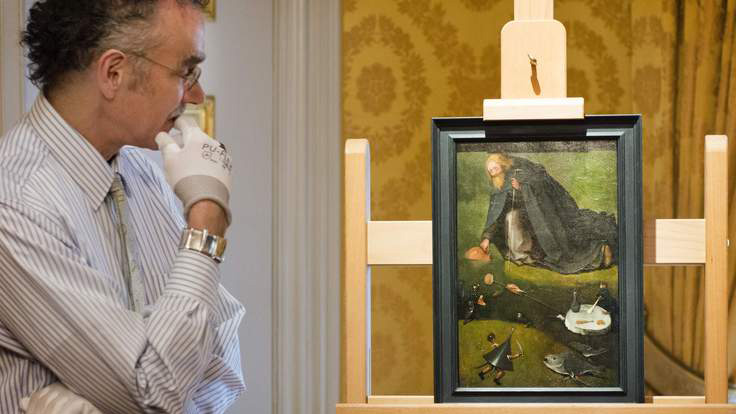
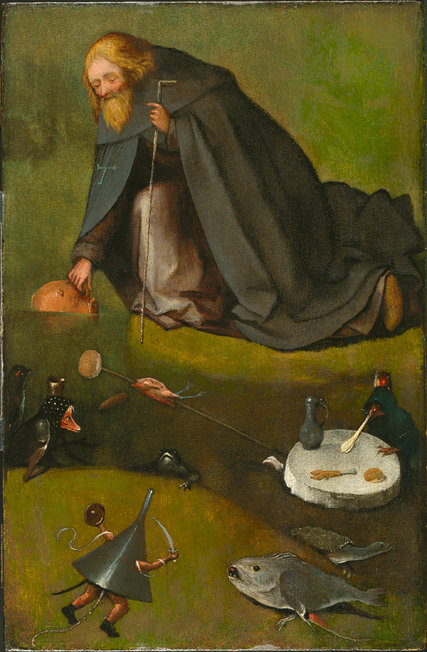
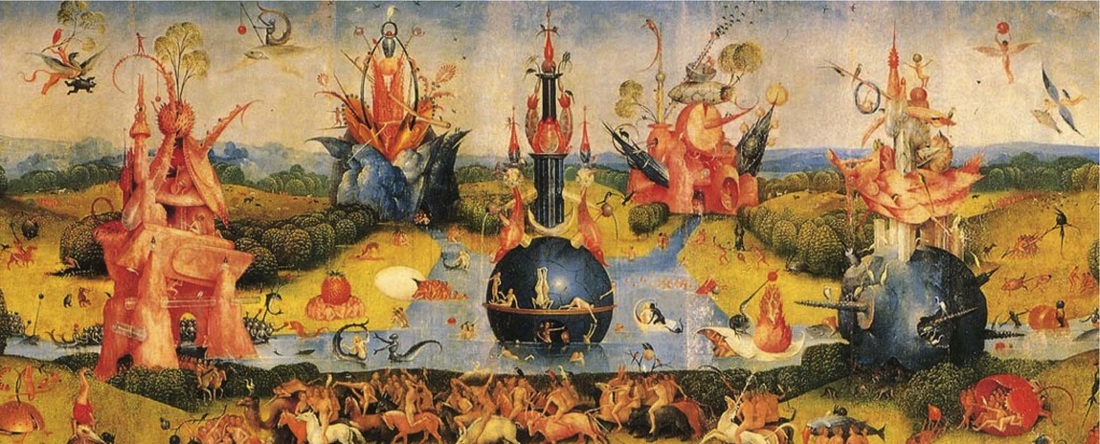
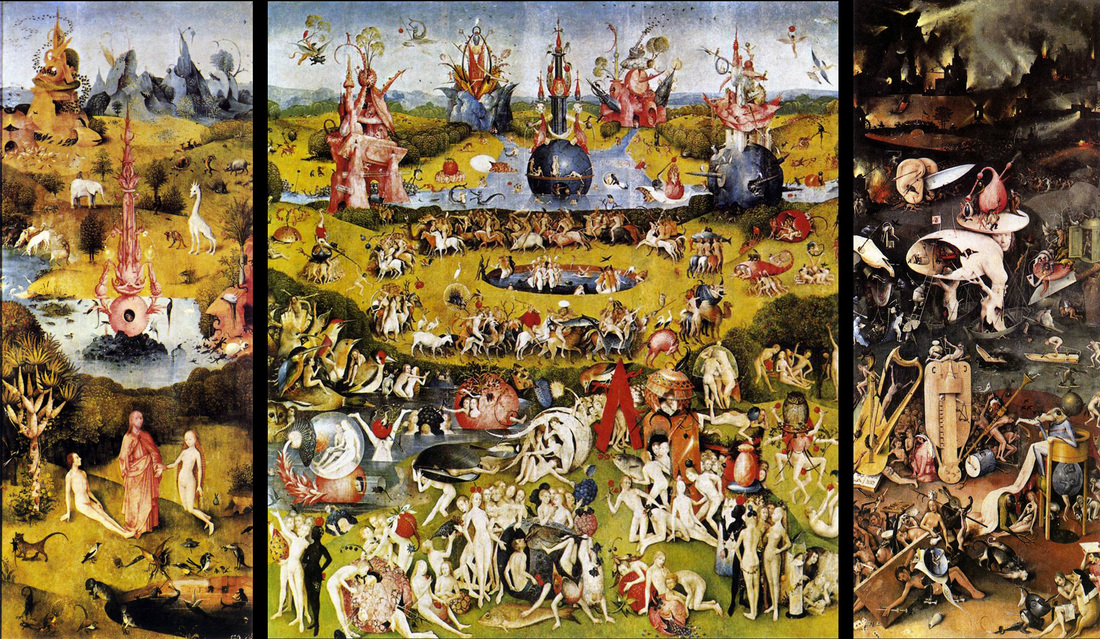
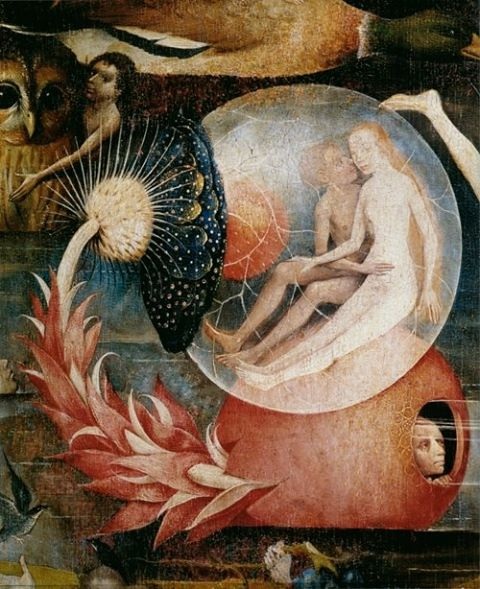
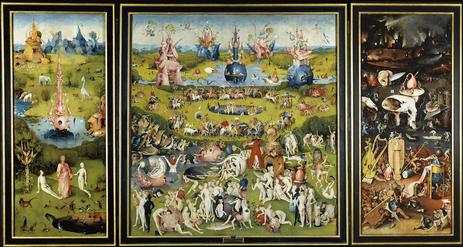


 RSS Feed
RSS Feed



















































